This post first appeared on April 24, 2013. Unfortunately, the problem of dust on snow has not gone away. Since I wrote this post, NASA has gotten involved in studying snow on the Grand Mesa. I wrote about the NASA project for FiveThirtyEight.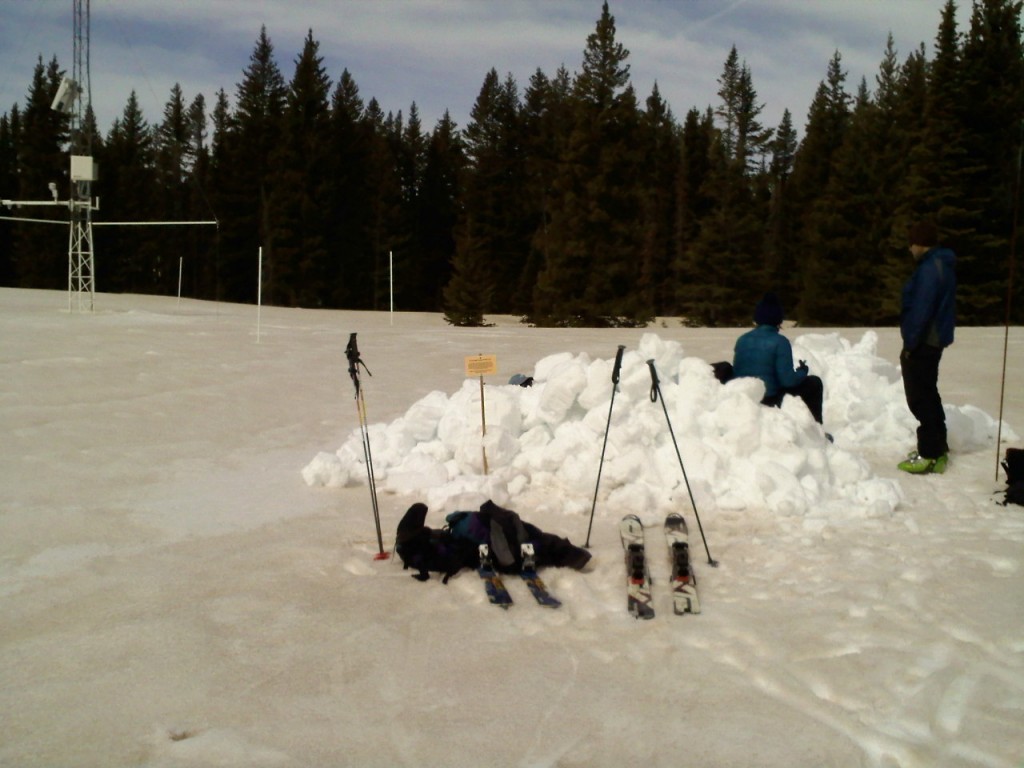
Spring is a nervous time for skiers and farmers. I’m both of these, and every April I watch the weather even more closely than usual. As a skier, I’m waiting for crust — the year’s most magnificent snow conditions.
Spring’s warm temperatures compress the winter’s deep snowpack and when the freeze/thaw cycles line up just right, a firm crust forms on the top of the snow. This crust provides an ideal surface for skate skiing. In mid-season, skaters are confined to the groomed tracks, but come crust season, you can ski anywhere and everywhere without slogging. Conditions are fast and fun. It’s skiing at its finest. Crust cruisers often find themselves spontaneously emitting sounds of glee, such as “yippeeee!”
In a good year, our crust season at the Grand Mesa can run into June. But great crust skiing depends on clean snow. White snow melts evenly. It forms an even crust that’s ideal for skiing.
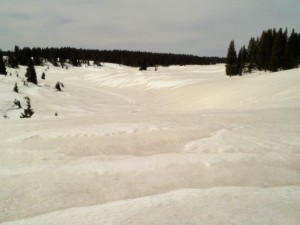 Introduce some dust to the snow’s surface, and conditions degrade — fast. Dust is dark, and it absorbs heat and expedites snowmelt. For skiers, dust means for an uneven, scrappy snow surface that makes for lousy skiing. It can also make skiing more dangerous. Research by Chris Landry at the Center for Snow and Avalanche Studies has shown that dust can increase avalanche danger by creating unstable layers within the snowpack. These layers of instability provide a sliding surface for snow to come crashing down the slope.
Introduce some dust to the snow’s surface, and conditions degrade — fast. Dust is dark, and it absorbs heat and expedites snowmelt. For skiers, dust means for an uneven, scrappy snow surface that makes for lousy skiing. It can also make skiing more dangerous. Research by Chris Landry at the Center for Snow and Avalanche Studies has shown that dust can increase avalanche danger by creating unstable layers within the snowpack. These layers of instability provide a sliding surface for snow to come crashing down the slope.
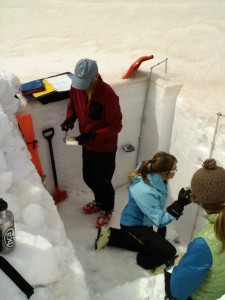 Dust is also dire for farmers, because it hastens the spring runoff. Snowmelt that should come in a slow, steady flow instead rushes down the mountains in perilously fast torrents that send mid-summer’s irrigation water downstream in a mad spring rush. Snow scientists Tom Painter and Jeff Deems published a study in 2010 showing that the dust on snow phenomenon robs the Colorado River of about five percent of its water each year. Painter, Landry and Andrew Barrett, of the National Snow and Ice Data Center at the University of Colorado, quantified how dust alters snow melt rates by simulating snowmelt in 2005 and 2006. They made two simulations — one to represent the dust-covered snow conditions actually observed those years, and the other to represent snowmelt had the snow remained dust-free. The simulations suggested that dust caused the snowpack to melt out 22 to 35 days earlier than it would have without the dust.
Dust is also dire for farmers, because it hastens the spring runoff. Snowmelt that should come in a slow, steady flow instead rushes down the mountains in perilously fast torrents that send mid-summer’s irrigation water downstream in a mad spring rush. Snow scientists Tom Painter and Jeff Deems published a study in 2010 showing that the dust on snow phenomenon robs the Colorado River of about five percent of its water each year. Painter, Landry and Andrew Barrett, of the National Snow and Ice Data Center at the University of Colorado, quantified how dust alters snow melt rates by simulating snowmelt in 2005 and 2006. They made two simulations — one to represent the dust-covered snow conditions actually observed those years, and the other to represent snowmelt had the snow remained dust-free. The simulations suggested that dust caused the snowpack to melt out 22 to 35 days earlier than it would have without the dust.
The dust clouds come from the surrounding desert. The Southwest’s ongoing drought makes soil dusty and prone to being kicked up by the wind. Human disturbances from grazing, oil and gas drilling and recreation harm the fragile cryptobiotic soils that normally anchor and nourish the soil.
In 2009 and 2010, Colorado was hit with several apocalyptic dust storms that packed the sky so full of red with dust that the sun was all but invisible. The sky rained mud. It felt like the end of the world, not just the ski season.
Several so-called dust events have hit Colorado this spring. The NASA photos below show plumes of dust that blew over Arizona, New Mexico, Colorado and Utah on April 16.
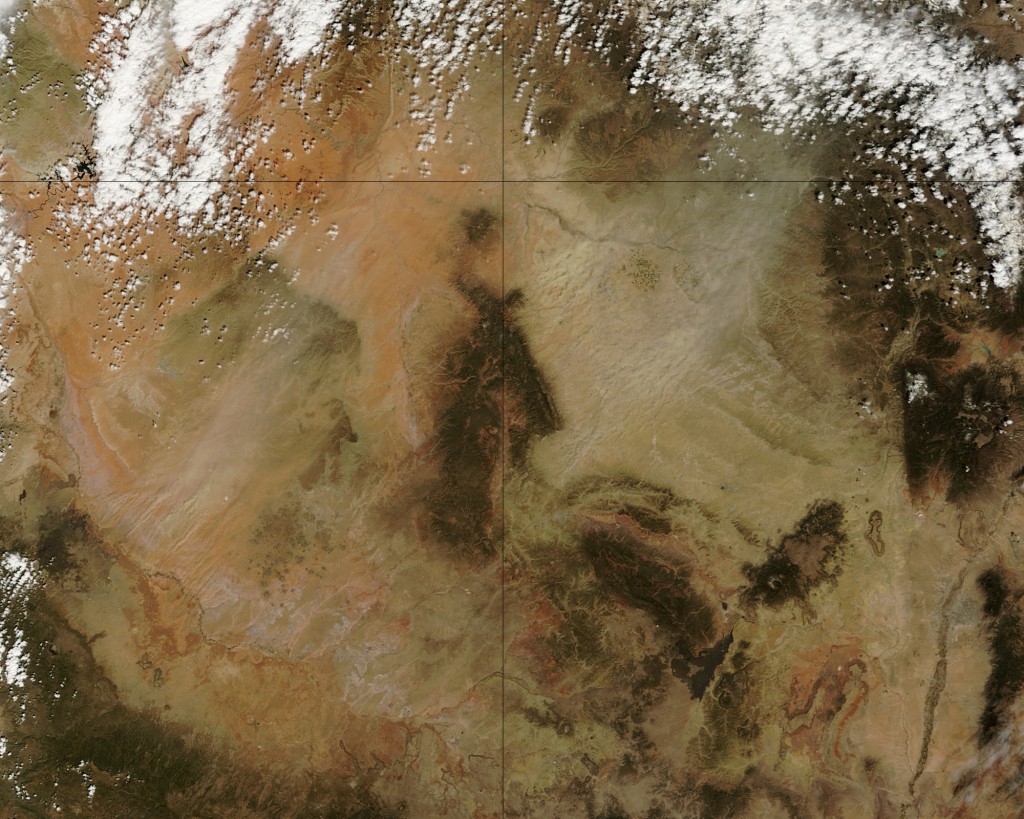
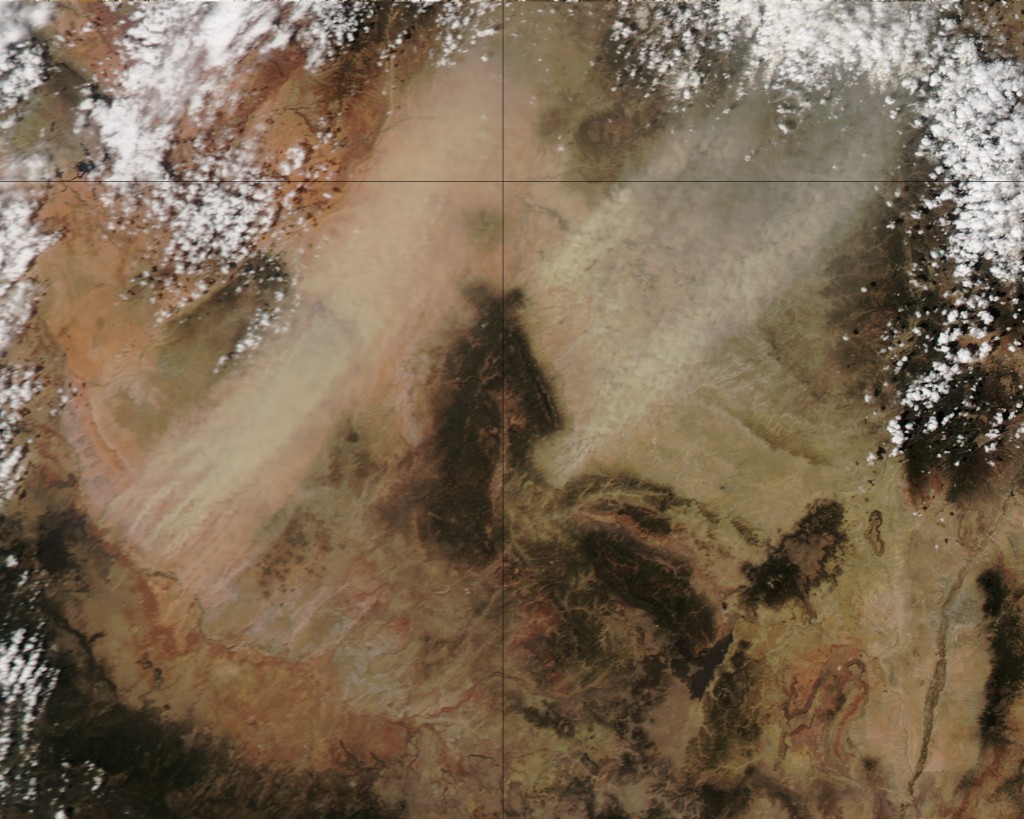
Since the April 16 dust storm, fresh snow has fallen on the Grand Mesa, and as of Monday, the crust skiing remains excellent. But I’m not holding out for an extended crust season. Already, the last dust layer is poking through in spots, and all it takes is one big dust storm to end the ski season for good. If it were just the skiing, I might not mind so much. But come summer, our orchard and vineyard will be thirsty, and I can only hope that the spring runoff hasn’t sent our August water overflowing the streambanks in May.
Images: Researchers from the Center for Snow and Avalanche Studies measuring dust on snow at the Skyway weather station by Christie Aschwanden
NASA images courtesy Jeff Schmaltz, LANCE MODIS Rapid Response.